GREAT PLANES Extra-300 50 EP User manual
Other GREAT PLANES Toy manuals
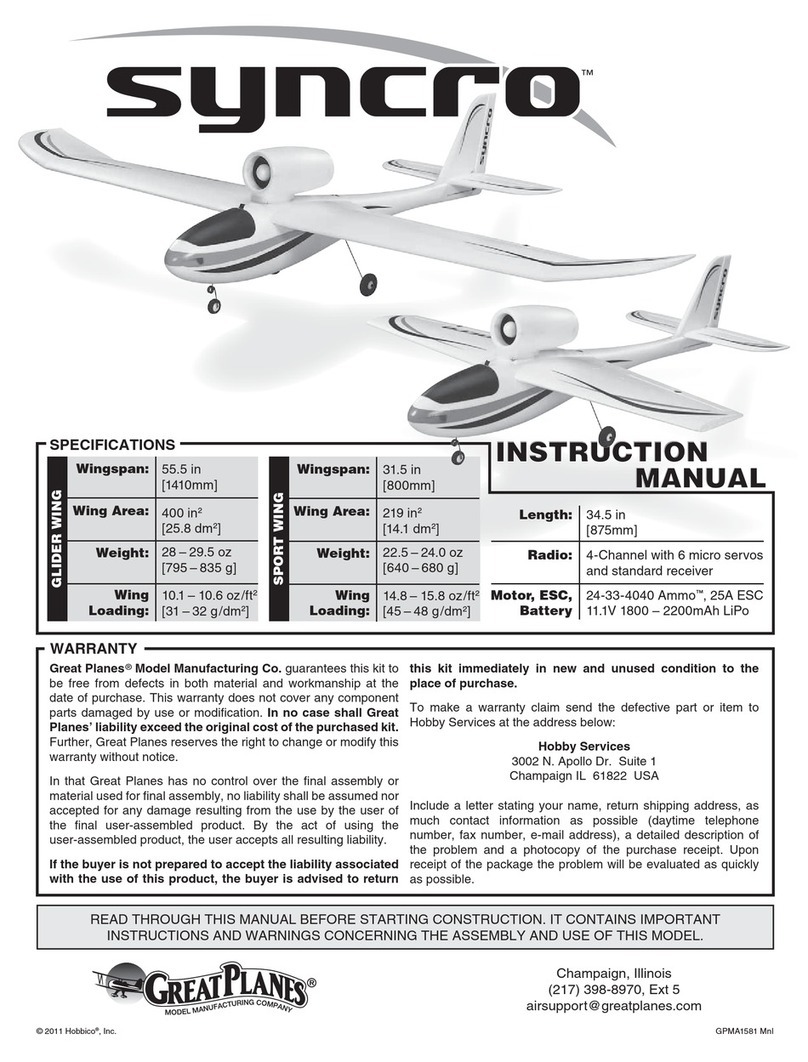
GREAT PLANES
GREAT PLANES SYNCRO User manual

GREAT PLANES
GREAT PLANES Seawind ARF User manual

GREAT PLANES
GREAT PLANES Ultra-Sport 1000 User manual

GREAT PLANES
GREAT PLANES EP F-20 Tigershark ElectriFLy User manual
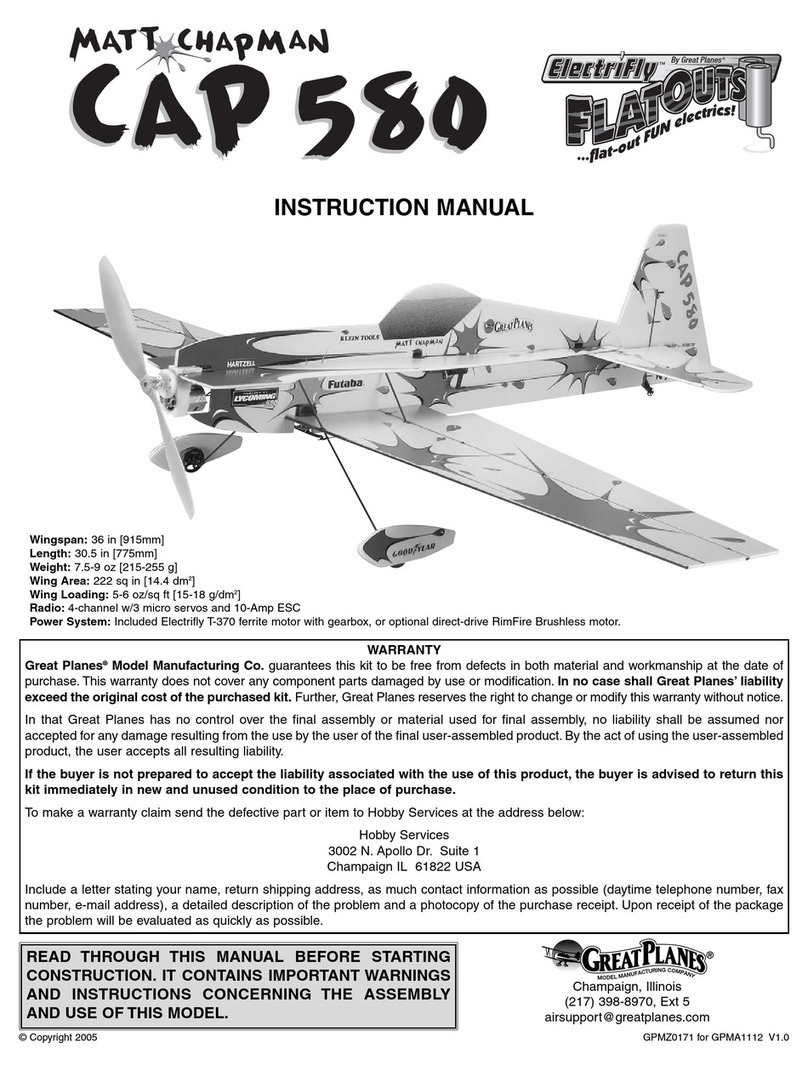
GREAT PLANES
GREAT PLANES Matt Chapman Cap 580 User manual

GREAT PLANES
GREAT PLANES Giant Big Stir ARF User manual
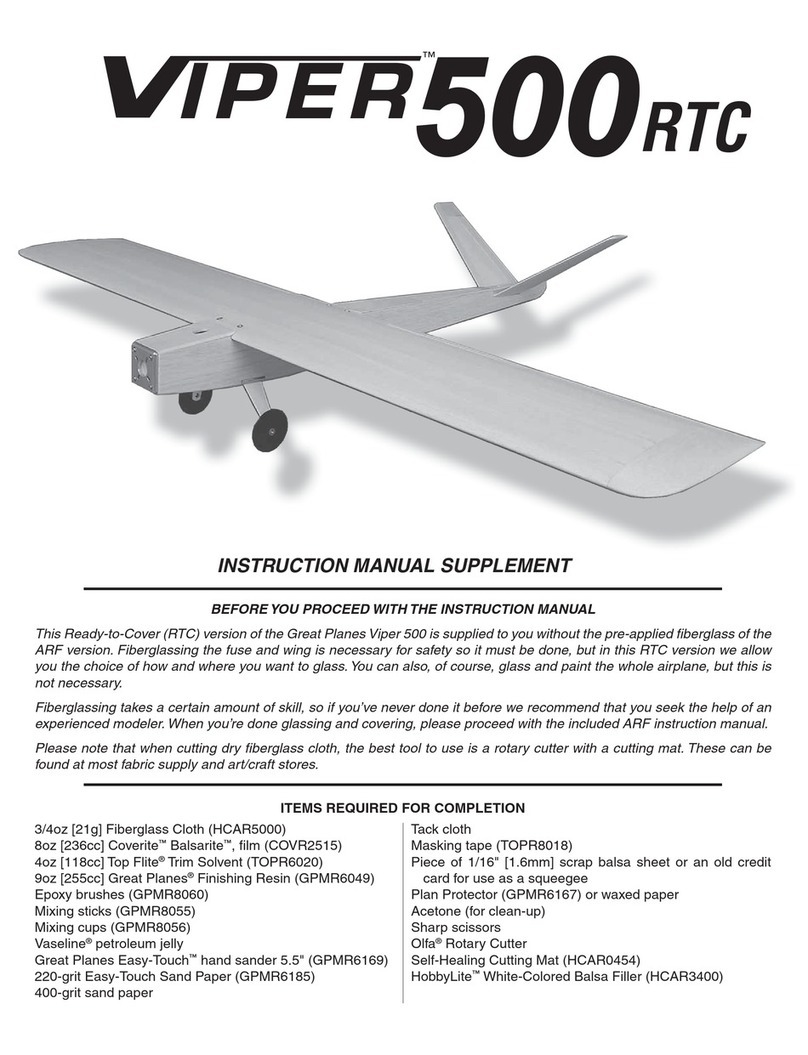
GREAT PLANES
GREAT PLANES Viper 500 RTC Configuration guide

GREAT PLANES
GREAT PLANES Ultra-Sport 40 ARF User manual

GREAT PLANES
GREAT PLANES PBY Catalin User manual
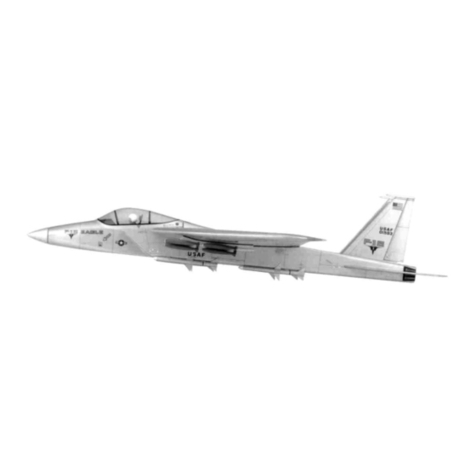
GREAT PLANES
GREAT PLANES F-15 EAGLE User manual

GREAT PLANES
GREAT PLANES matt chapman eagle 580 User manual
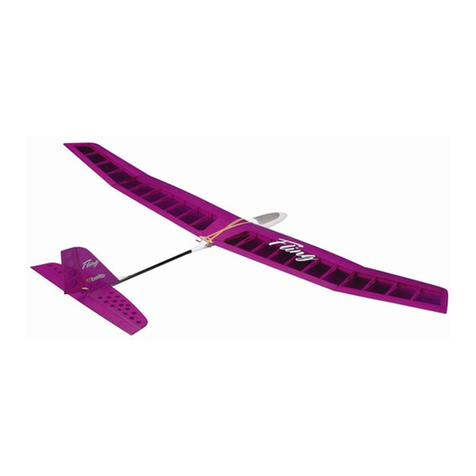
GREAT PLANES
GREAT PLANES FLING User manual
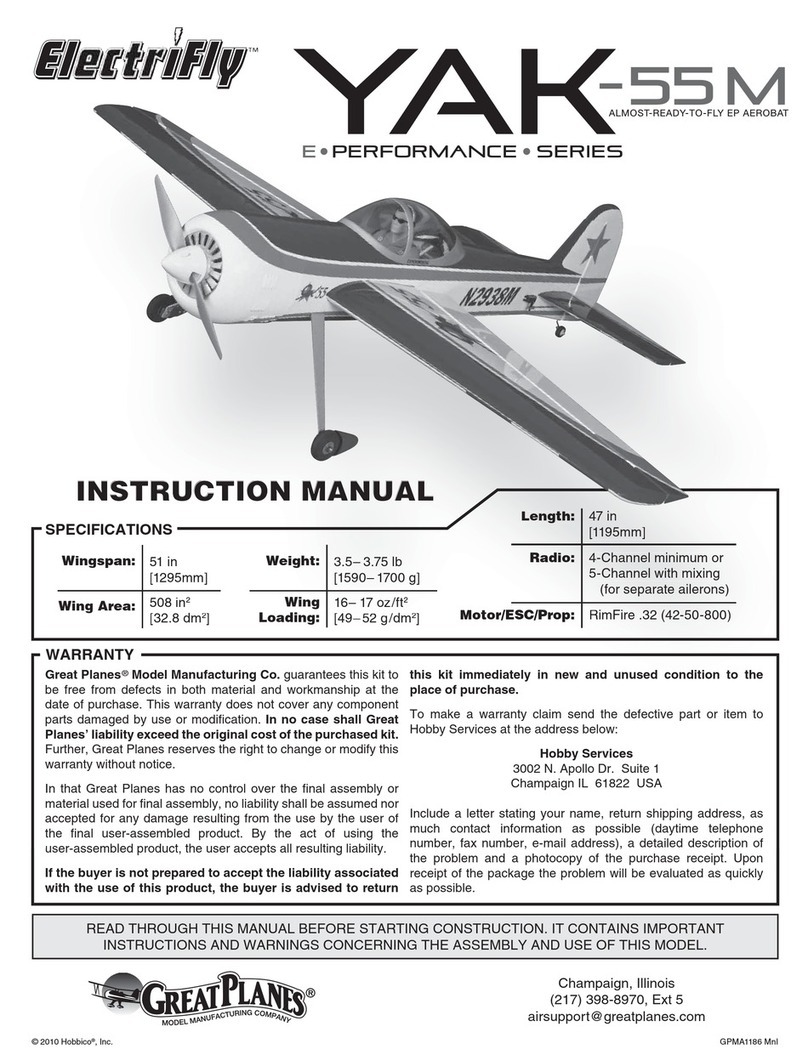
GREAT PLANES
GREAT PLANES YAK-55M Yakovlev User manual

GREAT PLANES
GREAT PLANES Mini Super Sportster EP User manual

GREAT PLANES
GREAT PLANES fairchild PT-19 User manual
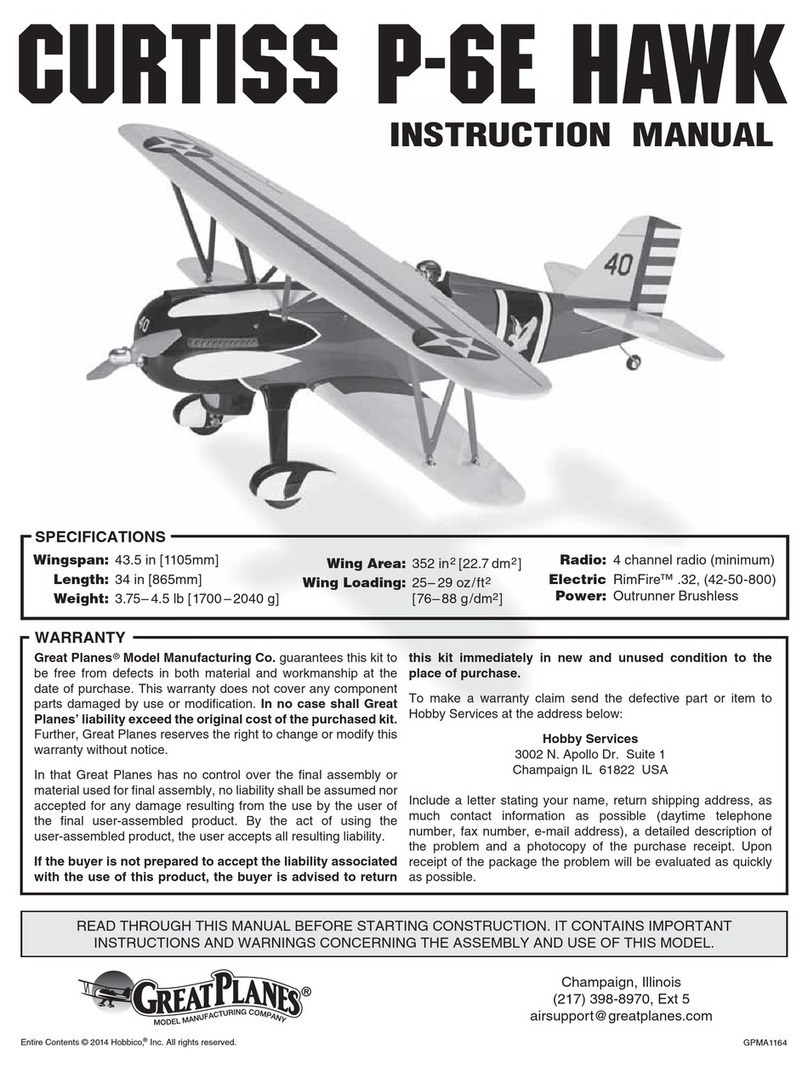
GREAT PLANES
GREAT PLANES Curtiss P-6E Hawk User manual
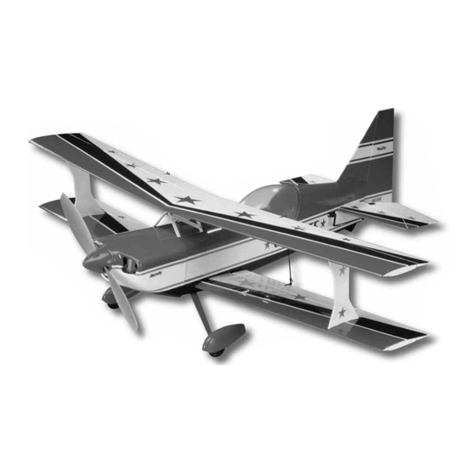
GREAT PLANES
GREAT PLANES Ultimate Biplane EP ARF User manual

GREAT PLANES
GREAT PLANES ElectriCub User manual
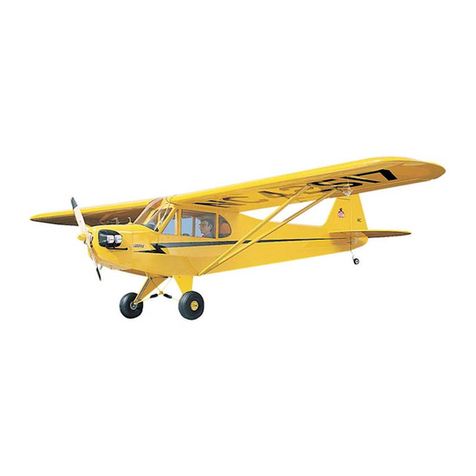
GREAT PLANES
GREAT PLANES Piper j-3 cub User manual
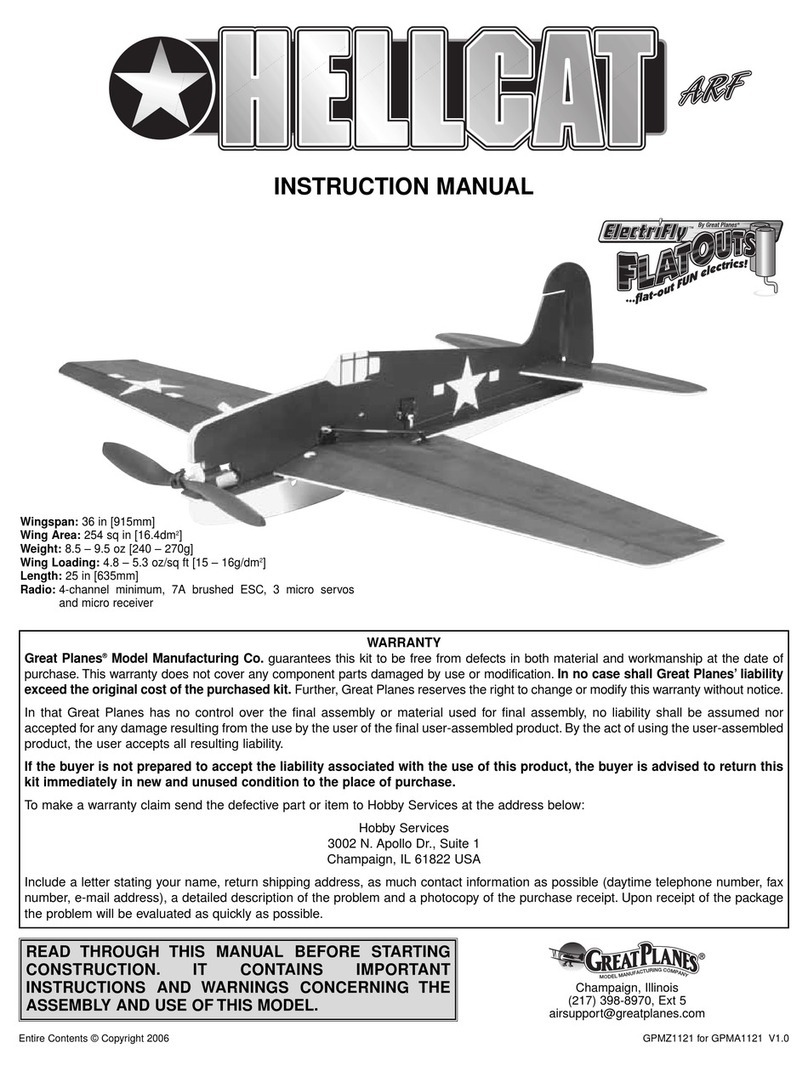
GREAT PLANES
GREAT PLANES helicat User manual
Popular Toy manuals by other brands
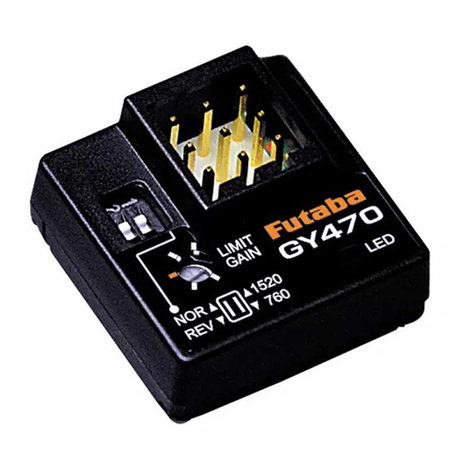
FUTABA
FUTABA GY470 instruction manual
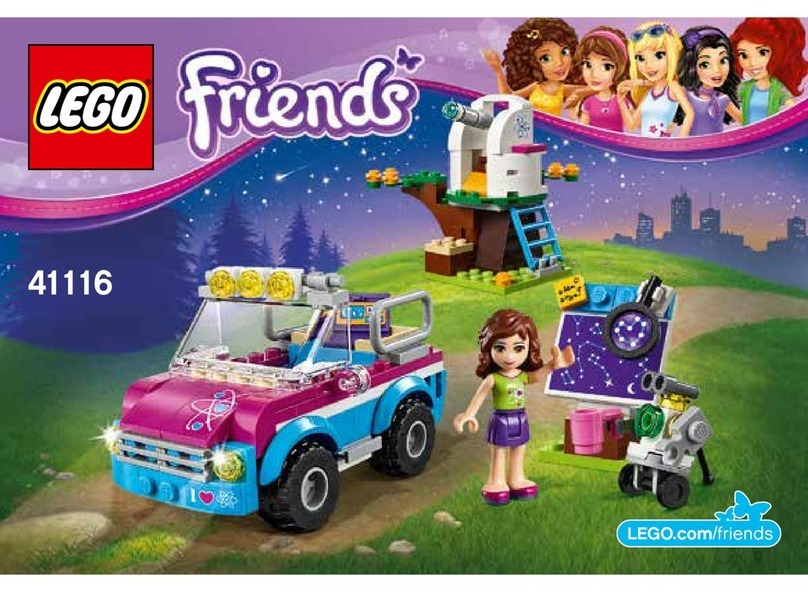
LEGO
LEGO 41116 manual

Fisher-Price
Fisher-Price ColorMe Flowerz Bouquet Maker P9692 instruction sheet
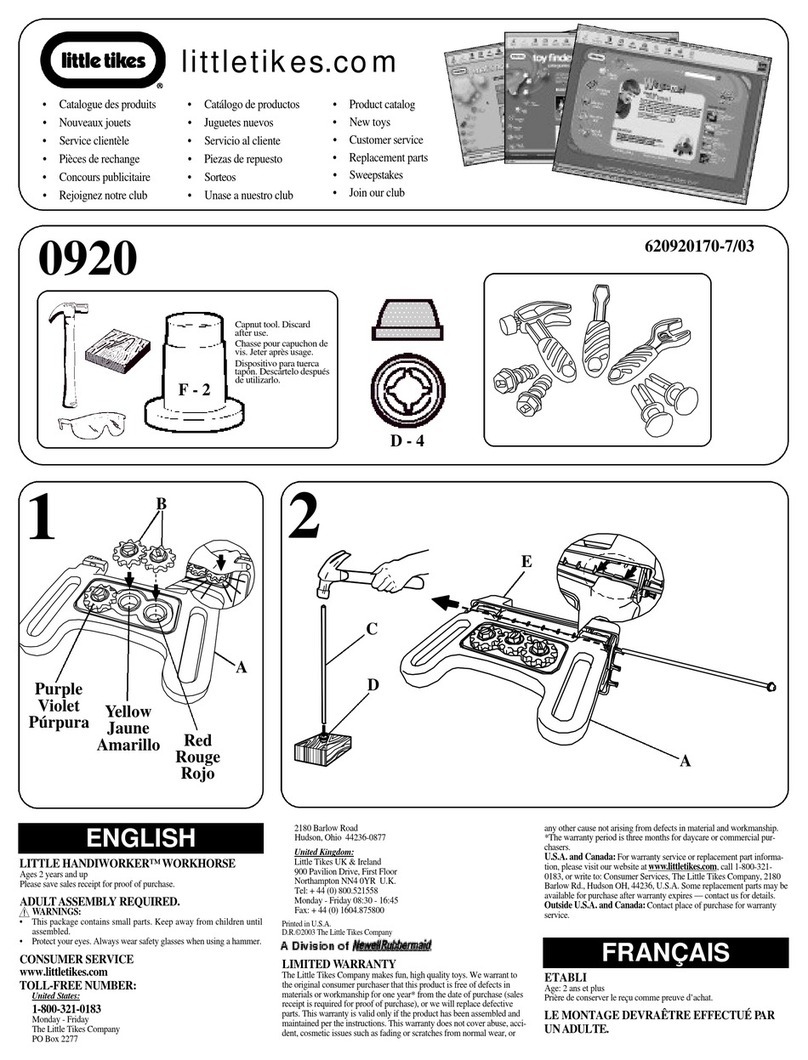
Little Tikes
Little Tikes LITTLE HANDIWORKER 0920 Assembly instructions

Eduard
Eduard EF-2000 Two-seater exterior Assembly instructions

USA Trains
USA Trains EXTENDED VISION CABOOSE instructions

























